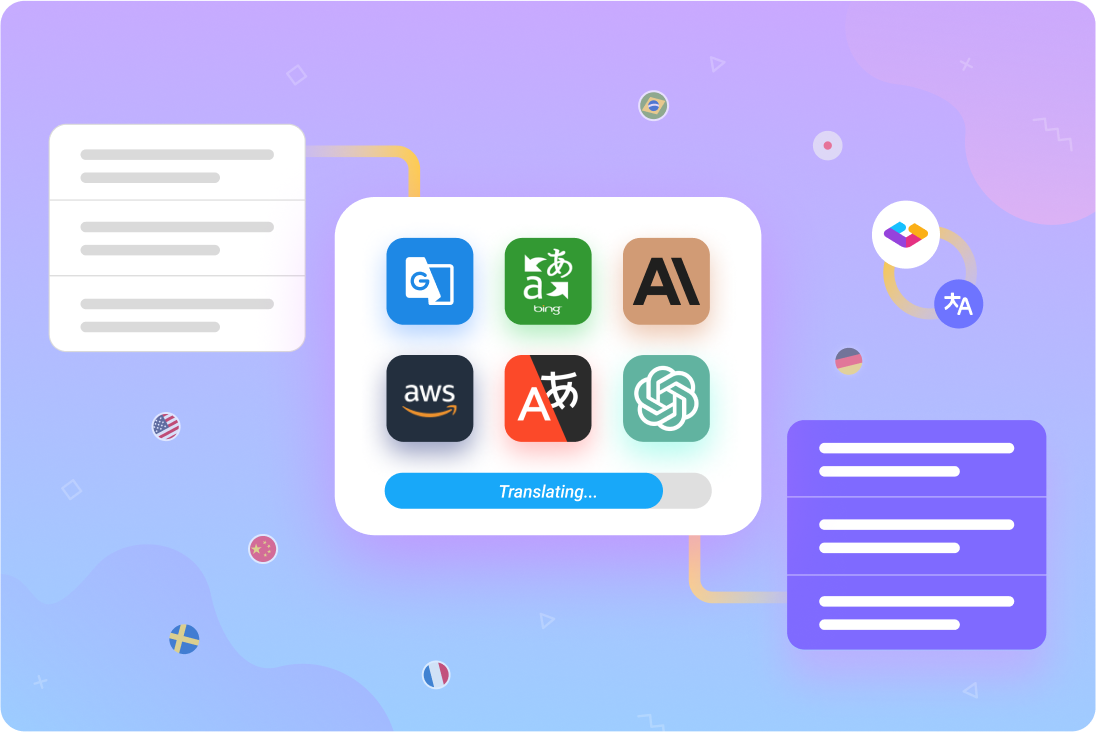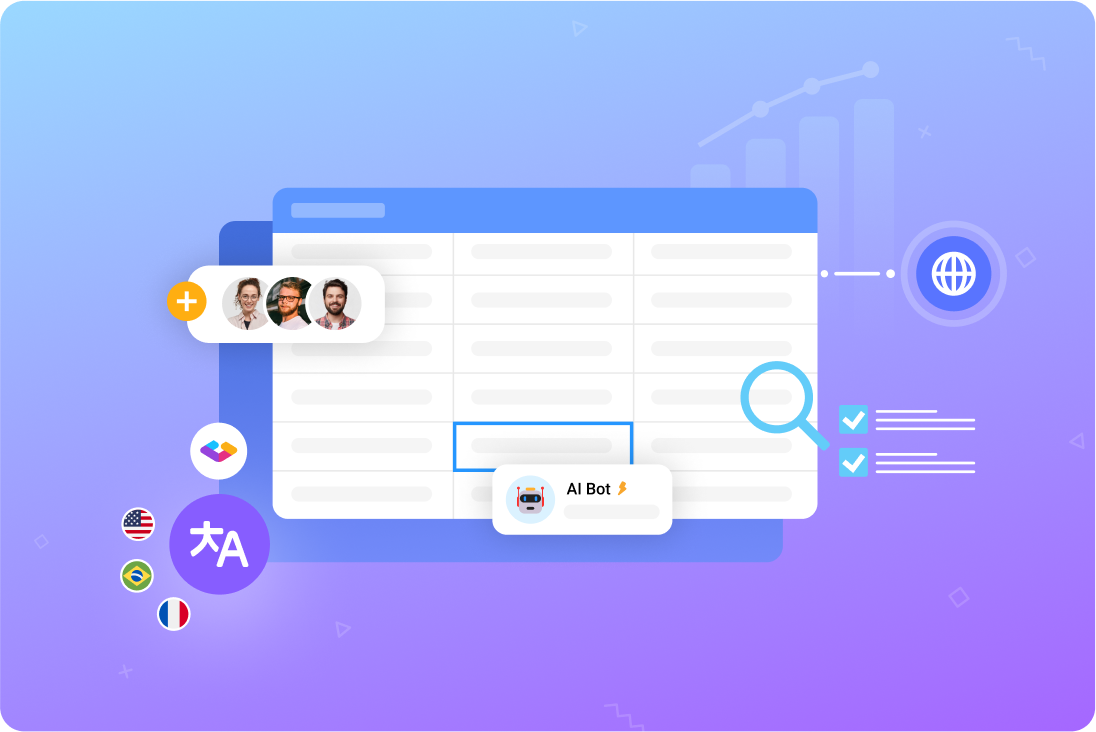1. Using too much machine translation
Machine translation is near-instantaneous and incredibly cheap — two big reasons why many project managers opt to use it. But is machine translation as good as human translation?
The clear answer is no. While machine translation has made considerable advances over the past few decades, it’s still nowhere close to replacing a qualified human translator. First impressions matter — if your content is sloppy, what message are you sending to your market?
If you decide to use machine translation, run everything past an expert human editor before implementing your content. This process, known as machine translation post-editing (MPTE), is a good compromise between the speed and cost-effectiveness of machine translation along with the creativity and expertise of a trained translator.
Relying too heavily on AI translation services will cause you to miss out on the single greatest advantage of localization: custom-tailored content that speaks to the heart of its audience. So when it comes to high-priority, high-visibility content like your homepage or app, trust a real live human with the job.
Learn more about translating text strings
2. Forgetting to support local payment methods
Localization is all about fitting your brand into the lifestyle of your target audience, and that includes making it as convenient as possible for them to pay for your products or services. It’s easy to forget about the other ways people interact with your brand when localization is so often thought of as a content-related process.
But in fact, localization is a holistic process that touches all facets of your brand — not just how you communicate, but all the ways potential customers can engage with you. And that includes payments. That’s why ignoring local payment methods is one of the biggest localization mistakes you can make.
Research the most popular payment methods in prospective markets, then implement them into your ecosystem before your entry date. This way, after your localized content has made the desired splash, the rest of the customer journey is effortless.
3. Manually importing and exporting strings
Years ago, the most common way to localize content was with an endless flood of Excel sheets, one after the next any time an update was made. Localization teams struggled with version control as developers wasted time manually importing and exporting content between their projects and these sheets. While localizing with Google Sheets eliminates the constant file updates, it doesn’t remove the manual work.
Thankfully, this cumbersome method is now obsolete. The key is to center your localization workflow around a flexible content management platform that integrates with the other tools used across your project.
Learn more about content management for localization

Gridly offers built-in integrations with CAT tools like Memsource and memoQ as well as Unreal Engine and Unity. You can even connect it with Google Sheets. Pass content between all team members and workspaces for effortless collaboration — the days of manual importing and countless file versions are over.
4. Failing to create a scalable localization pipeline
Modern localization tools make it possible to set yourself up with a streamlined localization workflow that’s easy to scale as both your content and global reach expand. Master your localization projects with good planning and the right tools for the job.
Gridly is an intuitive spreadsheet-based content platform designed for localization for the ground up. It’s brimming with workflow-enhancing features like localization glossaries, easy status tracking, and extensive token management systems.
Gridly even makes it easy to set up a localization workflow with pivot languages — when you localize from your original language to another, then use that as a source language for all your other markets.
Learn more about multi-step localization
A little bit of preparation in advance can pay dividends down the line when your localization efforts are in full swing. If you’re just getting started, you have a powerful opportunity to lay the groundwork now for an efficient localization plan that will save both time and costs later. And you’ll already be set up to scale your localization efforts when the time comes.
5. Not including localization QA in your agile workflow
Localization quality assurance (LQA) ensures not just good translations, but that all your content is implemented properly. With tight deadlines and even tighter budgets, LQA is often overlooked — but that’s how mistakes make it into your final build. And once your audience sees them, it’s too late.
The best way to stay on top of quality is to build a streamlined localization QA process that fits right into your overall localization pipeline. Gridly gives localization teams the same flexibility developers enjoy with its branching system. Create a new content branch, work on content and test it in a safe environment, then merge it back into the master branch when it’s approved.
Learn more about localization QA
Avoid the most common localization mistakes with the right tools
Many of the most common localization errors can be mitigated with the right tools. With a feature-rich, centralized content platform, you can build a streamlined localization workflow that enables everyone on your team to collaborate effectively while avoiding big localization blunders like rushed QA or later-stage scaling difficulties.
Find out more about how Gridly can set you up for success.










